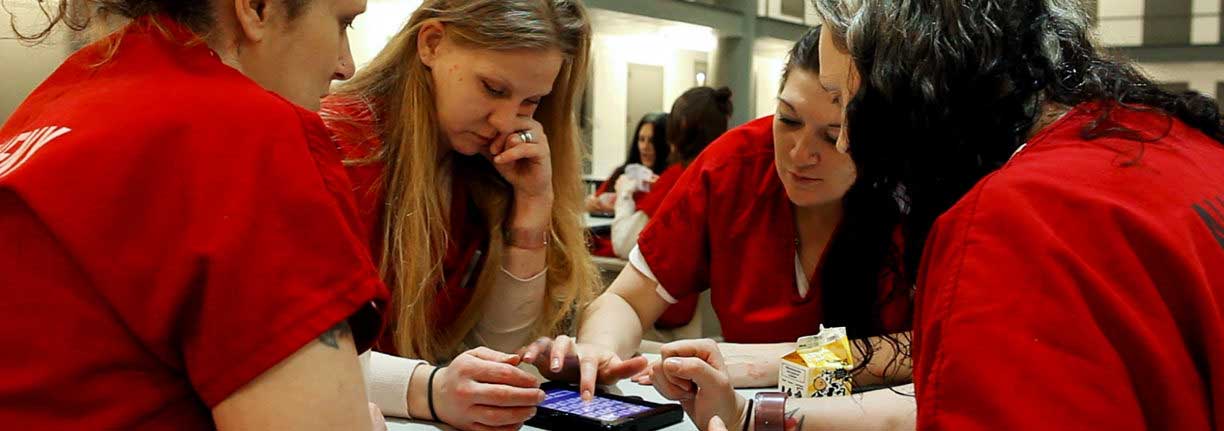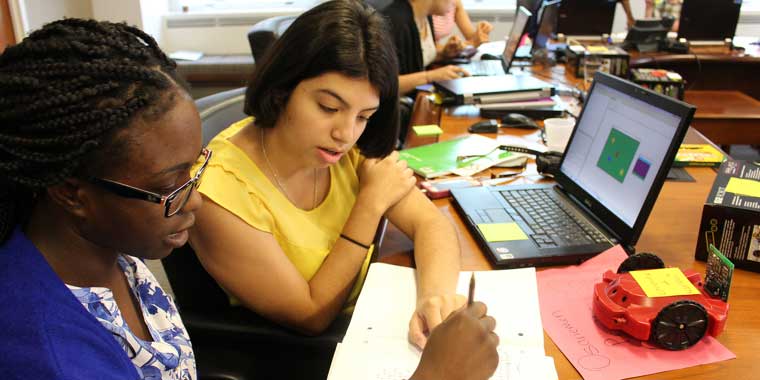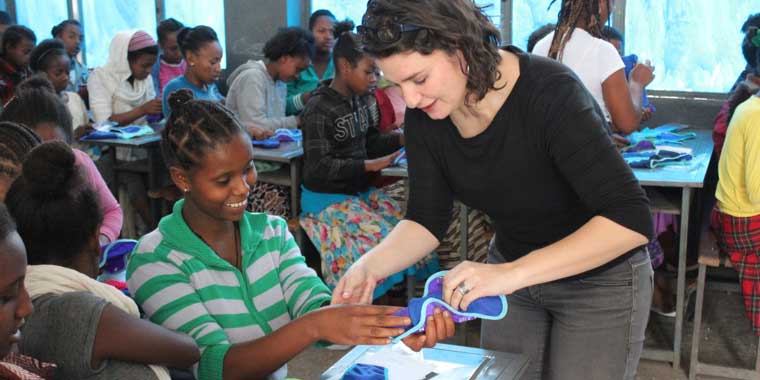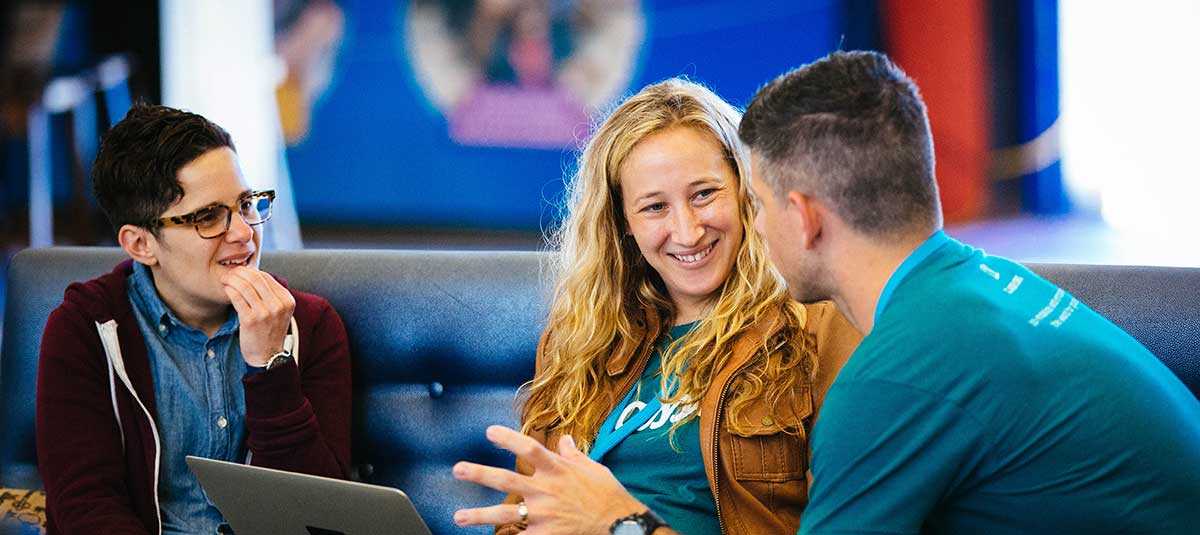The 5 Social Impact Solutions to Watch in 2016

Request a Demo
Learn how top nonprofits use Classy to power their fundraising.
In order to solve some of the world’s toughest challenges, social impact organizations have to push the envelope to create new solutions. Recently, we’ve had the incredible honor of reviewing the Classy Awards applicants and selecting the 100 Finalists who do just that. Despite tackling different social problems, the Finalists all have at least one thing in common—they attack the source of an issue in order to create lasting, sustainable change that betters the world.
Classy Awards Finalists approach a problem from all sides and demonstrate:
- Scale, scope, and leadership expertise of the problem being addressed
- An innovative approach
- Ability to solve the problem
- Organizational effectiveness and resource management
We all like to think we keep up on the news and stay in touch with the challenges of today. But when there are so many different causes to stand for, it can be difficult to keep pace. What are some of the most pressing problems that need to be addressed? How are organizations in the social impact space working to make real, sustainable change? To answer these questions, we needn’t look any further than our very own pool of Classy Awards applicants.
Here are just a few of the unique solutions forged by the nation’s most innovative organizations.
Diversity in Coding

As the world becomes increasingly reliant on technology, it makes sense there would be a rise in the need for individuals to enter fields that supplement this progress. The recent STEM (science, technology, engineering, and mathematics) and Makers movements both support the effort to provide avenues and resources for future generations to enter these fields successfully.
Many also recognize the necessity for not only increased numbers in this space, but also increased diversity across those entering the field. This call for greater diversity argues that it is necessary to keep America competitive. According to Associate Professor Dr. Jeffrey Robinson at Rutgers Business School,
We can’t have a country where the economy is going to be sustained by very few people—we have to broaden that amount and we have to find where the great ideas are coming from.”
Here are a few organizations leading the way to address this issue:
Girls Who Code
Girls Who Code seeks to introduce more girls to tech and the engineering industry and provide what they need to enter the computing field. While many girls express interest in STEM in high school, many do not go on to pursue it in their undergraduate degrees. Girls Who Code empowers girls to move forward with their interests despite it being a male-dominated field.
Of the girls who have completed the organization’s Summer Immersion Program, 90 percent have gone on to major or minor in computer science or a related subject; 77 percent changed their career paths because of the programs at Girls Who Code; and 92 percent of participants went on to teach their new skill sets to someone else.
Coalition for Queens (C4Q)
Coalition for Queens works to strengthen the tech community in Queens and NYC by making it more diverse and involving more minorities in the space. Specifically, the organization aims to bring more women, immigrants, underrepresented minorities, and those without a four-year degree into the tech industry. The nine-month Access Code program instructs participants on how to develop and launch a mobile app and then go on to secure a position that will increase their income and standard of living.
On average, recent graduates of the Access Code program have increased their income by $18,000 to $90,000. To date, 79 students have been trained, 74 now have careers in the tech industry, and the average income of individuals post-graduation is $90,000.
Reintegration Into the Workforce

Incarcerated individuals do not have enough access to education and resources that promote a positive lifestyle change, and thus violence and recidivism rates are very high. People return to jail, lose more years of their finite lives, and put further strain on America’s tax dollars.
Prisoners are not the only ones who face challenges as they prepare to re-enter the civilian workforce. Veterans, although for different reasons, also must navigate a challenging transition. Many remain unsuccessful and face homelessness and struggle to secure employment.
Here are a few organizations leading the way to address these reintegration issues:
Edovo/Jail Education Solutions
Education is proven to reduce recidivism rates by 43 percent, and according to Edovo, today’s correctional facilities fail to “correct anything.” To combat this, their Endovo Suite for Corrections program uses secure tablet technology to help incarcerated people take the steps to make positive change and reenter society. Tablet users may browse topics related to cognitive behavioral therapy, vocational training, academics, and more.
Edovo’s impact is impressive. In 2015 alone they supported 5,600 incarcerated users who completed 162,000 lessons and collectively logged 59,000 hours of coursework.
Soldier On, Inc.
Soldier On, Inc. provides ways for veterans to move from homelessness to homeownership. While they operate several veteran assistance programs to this end, their unique Incarcerated Veterans program focuses on this particular population, providing them with resources catered to their needs in order to reduce their recidivism rates. Prisoners are grouped into a pod at the facility and then given access to 45 hours of programming every week. From sobriety and mental health guidance, to services focused on post-release, the program equips this population with the skills and steps to succeed in their new lives.
To date, the Incarcerated Veterans program has served 167 individuals. Of those enrolled in the program, only four have had cases of recidivism, and 40 percent have gone on to participate in Soldier On services after their release from jail.
Reusable Feminine Products

While WASH “water, sanitation, and hygiene” programs in developing countries address issues of health and safety, they also very much play a part in the education and advancement of a community.
Unfortunately, in a large part of the world, women’s menstruation is considered taboo. There is a lack of access to feminine products that prevents them from living their lives to the fullest. Girls are forced to miss school and work a significant portion of their lives because of a lack of menstrual management products. This loss of time widens the gender gap in education, which not only impacts women personally but also impacts the community as a whole, as well as the country’s overall GDP. In order to address this gap, there’s a need for a cost-effective way to liberate these women from societal stigma and a lack of resources.
Here are a few organizations whose innovations address the issue:
Sustainable Health Enterprises
Sustainable Health Enterprises (SHE) get women directly involved by helping them create their own businesses to manufacture and distribute feminine products. Banana fiber that would have been thrown away is processed, cleaned, and sold back to SHE Innovates to be manufactured into a menstrual pad.
In 2015, 4,449 girls were given access to pads and 52 teachers were trained to educate girls on menstrual hygiene management practices.
Be Girl Inc.
Be Girl Inc.’s business model is geared to sell reusable and disposable menstruation management options to women all over the world. Their buy-one-get-one model distributes products to girls in need for every purchase made on their site.
The innovative design of their products is an important piece of their success. Be Girl Inc. focuses on design that helps girls feel empowered and autonomous. They also work to bring men and boys into the dialogue to reduce girls’ feelings of shame and embarrassment.
In 2015, 6,400 individuals received Be Girl products, and the organization prevented 800,000 disposable menstrual products from entering the waste system.
Innovation in Agriculture

Climate change and natural disasters both present serious challenges to farmers in developing areas. Without a reliable source of food and income, entire communities are impacted when conditions such as severe drought and deforestation prevent farmers from being successful. In order to move beyond these circumstances a systemic, long-term solution is needed to give farmers the tools they need.
Here are a few organizations reinventing farming as we know it:
Hello Tractor
Many communities in Africa lack access to the labor and equipment necessary to increase their production, which results in a loss of income and smaller harvests. Hello Tractor unites technology and service through their “smart tractors.” These affordable pieces of equipment (that farmers can request via SMS) not only complete farm work more effectively, they also collect data on usage to help analyze and inform best practices.
In 2015, 300 smallholder farmers received training on how to operate and maintain Hello Tractor smart tractors in order to improve their crop yields.
PCI (Project Concern International)
Climate change and specifically, drought, pose problems for farmers with migrating herds of stock in need of grazing land. Typically, these farmers rely on experience and methods like scouting and oral communications. PCI’s Satellite Assisted Pastoral Resource Management (SAPARM) initiative uses satellite data collected on grazing conditions to inform farmers who herd and migrate their stock. Instead of dealing with the problem after the fact, this tool helps farmers prevent running into the problem. It’s designed to lower the rate of herd mortality and help farmers become more profitable and maintain a stable source of income.
In 2014, SAPARM participants were able to reduce the amount of time they spent finding grazing land for their stock by 30 percent.
Timberland
Due to natural disasters, 98 percent of Haiti is deforested. For the last five years, Timberland has worked with local partners in Haiti to create the Smallholder Farmers Alliance (SFA). The alliance attacks the issue of deforestation and lack of support for the farming industry and agriculture by creating a sustainable business model for farmers. Their program introduces farmers to key business leaders and helps them build these relationships for exporting their crops. In the business model, farmers tend to nurseries, and in return for their work, they receive seeds and tools to produce a harvest. They repay the seed bank and then sell their crop. This innovative model ties two problems together to produce a positive outcome.
Since 2010, members have planted 5.2 million trees, increased the organic crop yield by 40 percent, and increased their average income by 50 percent.
Education Resources for Offline Communities

An estimated 1.5 billion people are affected by poverty around the world. Unfortunately, addressing the issue of poverty is like trying to pull a weed out of a garden. You need to dig deep to its roots in order to eliminate it. Many communities and developing nations unable to escape poverty lack the quality education and resources to acquire new skills and sources of income. This is why education is the key to tackling the issue of poverty.
So what is education really about? Access to information. In order to address poverty in areas with limited accessibility, a few organizations have found a way to get the necessary information in the hands of teachers and students, no matter what their internet access.
Here are a few organizations delivering education in new ways:
Team4Tech Foundation
At Team4Tech Foundation, tech volunteers from large companies all over the country give their time to teach master teachers in Kenya. They help teachers implement learning software that teaches “21st century skill development” with a focus on areas like STEM, literacy, and entrepreneurship. This program helps nonprofit clients bring education via technology to those with limited access to educational resources.
In 2015, the number of hours donated by Teach4Tech volunteers was the equivalent of $2,219,445. One hundred and twenty-four teachers were trained, and 25,171 students received access to Teach4Tech’s educational resources.
Learning Equality
Learning Equality’s KA Lite works to bring online learning “offline” for members of developing communities. The organization recognizes the gap between those with and without internet access, and they know the people who could benefit the most from online resources lack the ability to do so. Their program uses open-source educational information on portable tools and devices to provide a universal education that anyone can access, anywhere.
In 2015, over 2 million students reaped the benefits of the KA Lite software in 175 different countries and territories.
These are just a few examples of the many ways organizations are shaking things up in the social impact space. To discover the latest and greatest best practices from organizations like these, be sure to attend our upcoming conference in June, the Collaborative. There, we will continue these conversations, discover new trends in innovation, and present the opportunity to meet the organizations listed above in person.

Join Us at the 2019 Collaborative
Subscribe to the Classy Blog
Get the latest fundraising tips, trends, and ideas in your inbox.
Thank you for subscribing
You signed up for emails from Classy
Request a Demo
Learn how top nonprofits use Classy to power their fundraising.
 Explore Classy.org
Explore Classy.org 

